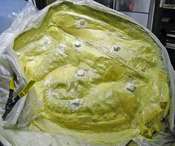
its shape when concrete casting material is packed into the mold. Latex can't do this on its own. It needs this support. It had a rough childhood - in the jungle, no less - and is very insecure.
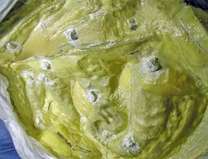
buttons, but are often referred to as such. However I need to distinguish them in my mind from the concave buttons I already made on the partition wall. I've been calling them "bumps" when I'm by myself. No harm in it. We all need to have
our little talks with ourselves now and then where we can use pet names for
things and no one can protest.
The color of latex changes to yellowish as it cures. Most people don't find it
appealing. That's good! Otherwise, maybe there would be more widespread reports from hospital emergency rooms treating people crazy enough to bake it into brownies and eat it or smoke it outright. The life of artists can get lonely. Can we blame them that in the depth of their despair, they resort to eating and smoking things most people have the sense not to touch?
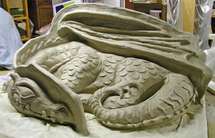
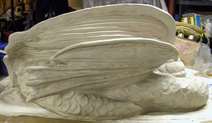
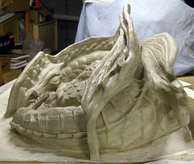
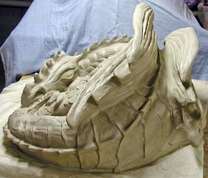
 RSS Feed
RSS Feed
